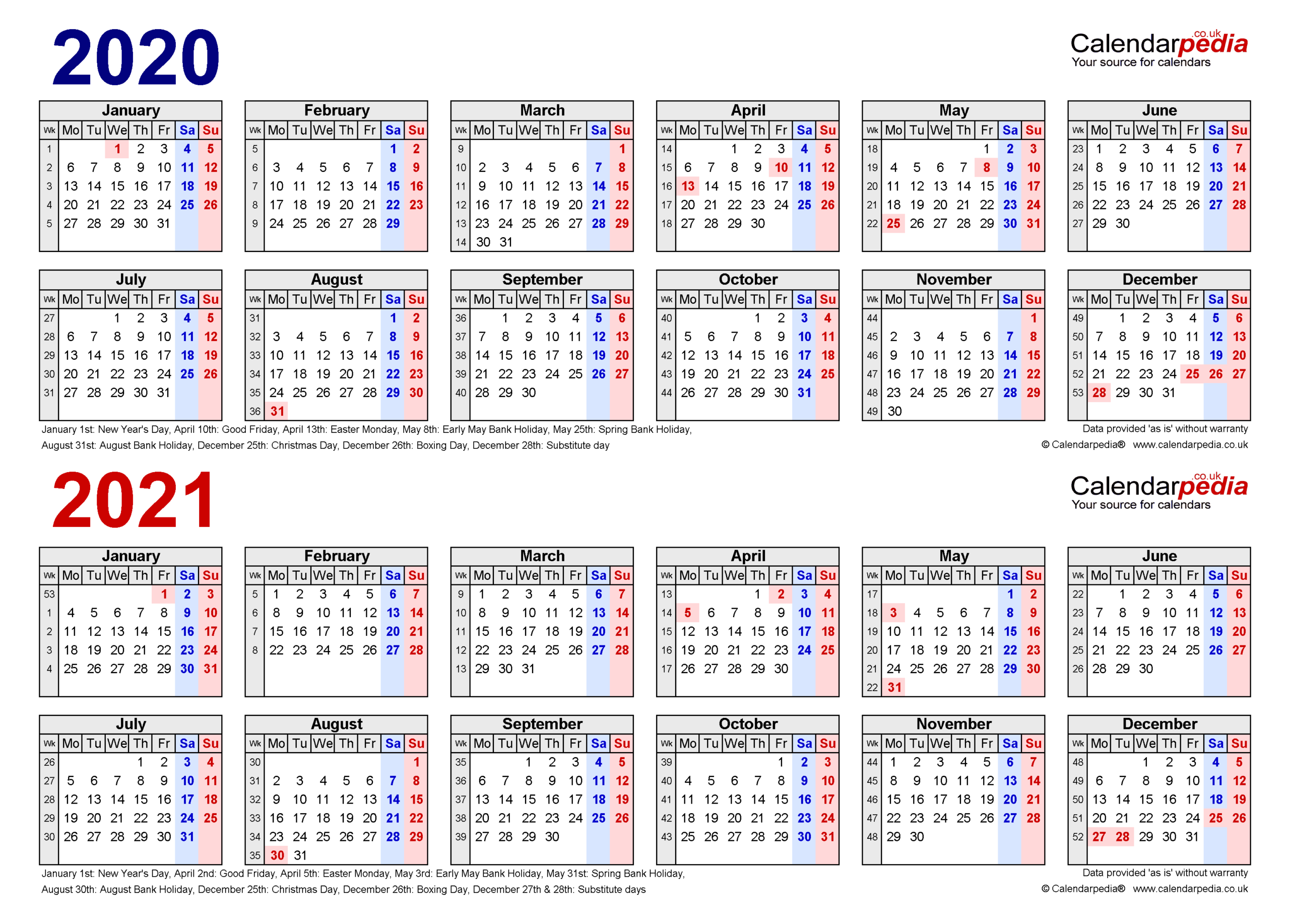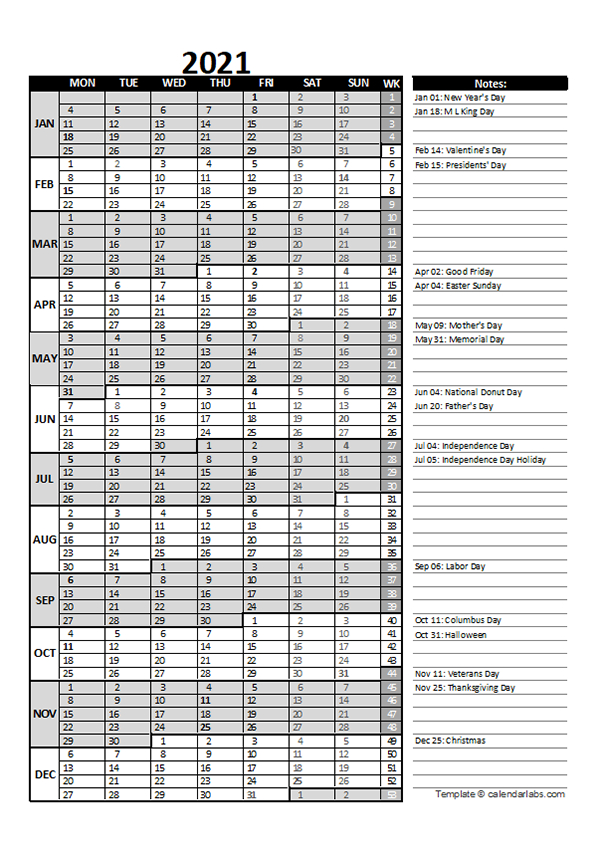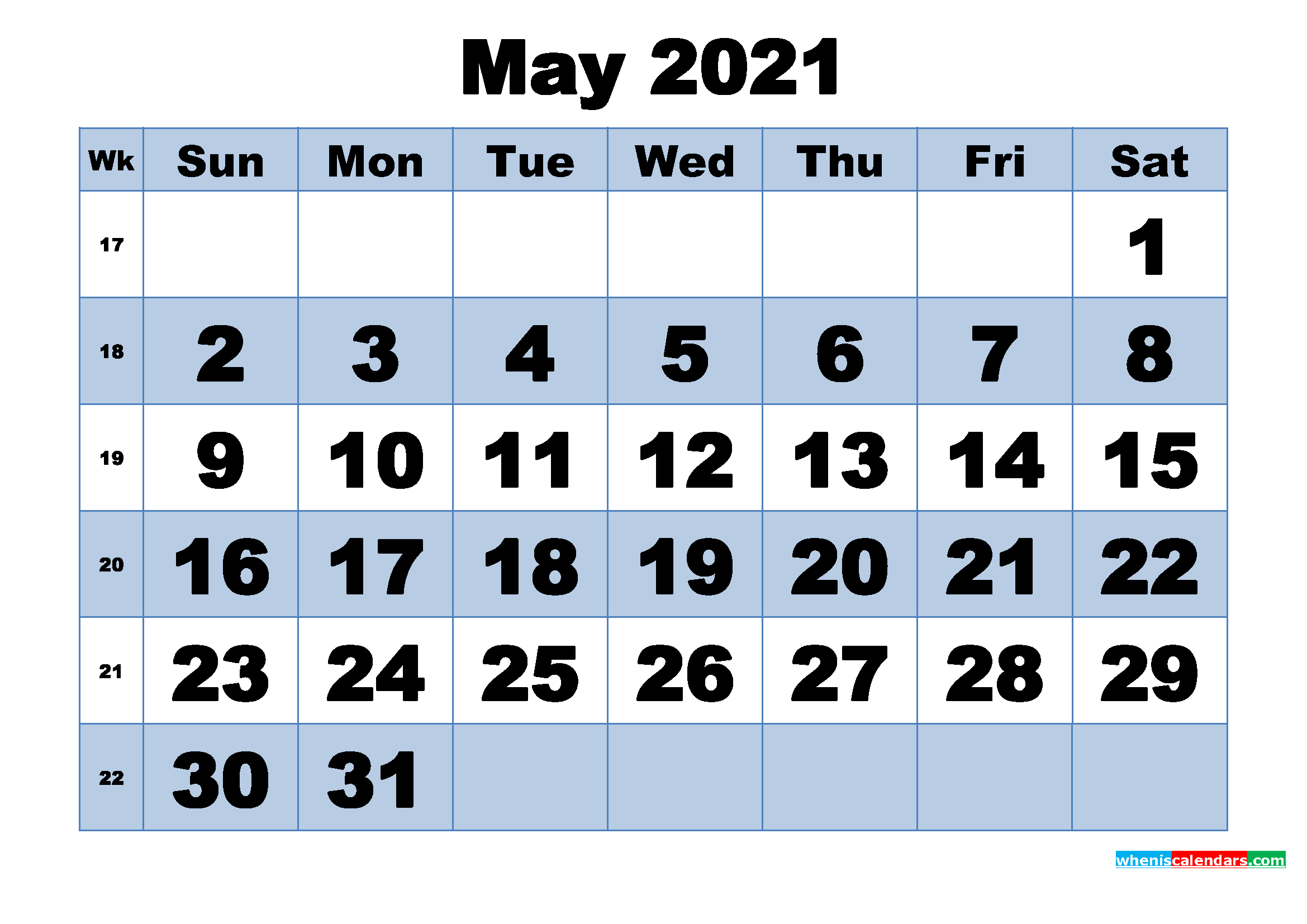

The first number-one album on the new weekly list was Belafonte by Harry Belafonte. The position count varied anywhere from 10 to 30 albums. With the increase in album sales as the early 1950s format wars stabilized into market dominance by 45 RPM singles and long-playing twelve-inch albums, with 78 RPM record and long-playing ten-inch album sales decreasing dramatically, Billboard premiered a weekly Best-Selling Popular Albums chart on March 24, 1956. A biweekly (though with a few gaps), 15-position Best-Selling Popular Albums chart appeared in 1955. Initially only five positions long, the album chart was not published on a weekly basis, sometimes three to seven weeks passing before it was updated. 5.6 Albums to top the Billboard 200 by artists who have never appeared on the Hot 100īillboard began an album chart in 1945.


4.7 Most albums in the top 10 simultaneously.4.5 Most cumulative weeks at number one.4.4 Most consecutive studio albums to debut at number one.4.3 Most consecutive number-one studio albums.4.2 Most number-one albums in a calendar year.3.3 Artists with the most albums on Billboard 's Top 200 Albums of All Time (1963–2015).1.4 Incorporation of streaming data and track sales.Īs of the issue dated August 6, 2022, the current number-one album on the Billboard 200 is Un Verano Sin Ti by Bad Bunny. Starting on the issue dated January 18, 2020, Billboard updated the methodology to compile the chart again by incorporating video data from YouTube, along with visual plays from digital platforms like Apple Music, Spotify, Tidal, Vevo, and as of the issue dated March 23, 2021, Facebook.

īeginning with the Decemissue, Billboard updated the methodology of their album chart to also include on-demand streaming and digital track sales (as measured by Nielsen SoundScan) by way of a new algorithm, utilizing data from all of the major on-demand audio subscription and online music sales services in the United States. A long-standing policy which made titles that are sold exclusively by specific retail outlets (such as Walmart and Starbucks) ineligible for charting, was reversed on November 7, 2007, and took effect in the issue dated November 17. Albums that are not licensed for retail sale in the United States (yet purchased in the U.S. Digital downloads of albums are also included in Billboard 200 tabulation. New product is released to the American market on Fridays. The chart's streaming schedule is also tracked from Friday to Thursday. A new chart is published the following Tuesday with an issue post-dated to the Saturday of that week, four days later. The weekly sales period was originally Monday to Sunday when Nielsen started tracking sales in 1991, but since July 2015, tracking week begins on Friday (to coincide with the Global Release Date of the music industry) and ends on Thursday. The chart is based mostly on sales (both at retail and digital) of albums in the United States. Its previous names include the Billboard Top LPs (1961–1972), Billboard Top LPs & Tape (1972–1984), Billboard Top 200 Albums (1984–1985), and Billboard Top Pop Albums (1985–1992). The chart grew from a weekly top 10 list in 1956 to become a top 200 in May 1967, and acquired its present title in March 1992. Often, a recording act will be remembered by its " number ones", those of their albums that outperformed all others during at least one week. It is frequently used to convey the popularity of an artist or groups of artists. It is published weekly by Billboard magazine. The Billboard 200 is a record chart ranking the 200 most popular music albums and EPs in the United States.


 0 kommentar(er)
0 kommentar(er)
